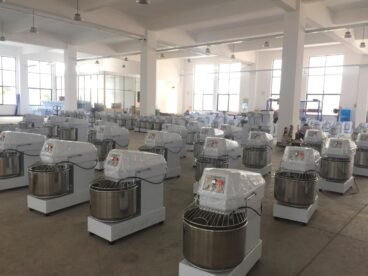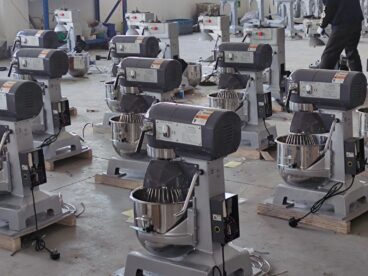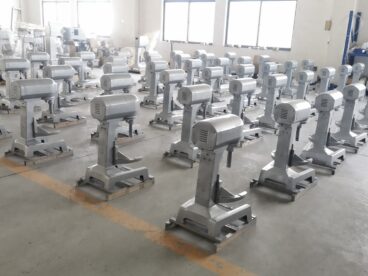When it comes to kitchen appliances, versatility is key. Many home cooks wonder if they can get away with using a food processor instead of investing in a separate meat grinder. Both appliances serve different purposes, but is it possible to achieve similar results with a food processor? Let’s delve into this question and explore the capabilities of these kitchen tools.
Firstly, let’s understand the functions of each appliance:
Food Processor: A food processor is a versatile kitchen appliance designed to perform a variety of food preparation tasks such as chopping, slicing, shredding, pureeing, and mixing. It typically consists of a motorized base with a removable bowl, a lid with a feed tube, and various attachments like blades and discs.
Meat Grinder: A meat grinder, on the other hand, is specifically designed for grinding meat. It usually consists of a motorized unit with a feeding tube, a screw conveyor (auger), and a cutting blade. The meat is pushed through the feeding tube and ground into the desired texture by the rotating blade.
Now, let’s address the question at hand: Can you use a food processor as a meat grinder?
While a food processor is not designed specifically for grinding meat, it can still be used for this purpose with some limitations. Here are some factors to consider:
Texture and Consistency: The texture of meat processed in a food processor may not be as consistent as that produced by a dedicated meat grinder. Food processors are more efficient at chopping and mincing rather than grinding, which can result in uneven textures.
Blade Design: Food processors typically come with sharp chopping blades, which are suitable for chopping vegetables and nuts but may not be ideal for grinding meat. Meat grinders, on the other hand, have specially designed cutting blades that ensure a more uniform grind.
Motor Power: Meat grinders often have more powerful motors compared to food processors, which allows them to grind tougher cuts of meat more efficiently. Using a food processor to grind meat may strain the motor, especially when processing large quantities or tougher cuts.
Temperature Control: Grinding meat generates heat due to friction, which can affect the texture and flavor of the final product. Meat grinders are designed to minimize heat buildup during the grinding process, whereas food processors may generate more heat, potentially affecting the quality of the ground meat.
Despite these limitations, many home cooks successfully use food processors to grind small quantities of meat for recipes such as meatballs, burgers, and meatloaf. Here are some tips for using a food processor as a meat grinder:
Preparation: Cut the meat into smaller chunks or strips before processing it in the food processor. This will help achieve a more consistent grind and reduce strain on the motor.
Chilling: For best results, chill the meat and the food processor bowl and blade in the freezer for about 30 minutes before grinding. Cold meat is easier to grind and helps prevent the fat from melting, resulting in a better texture.
Pulse Method: Instead of continuously running the food processor, use short pulses to grind the meat in small batches. This allows for better control over the texture and prevents the motor from overheating.
Use Attachments: Some food processors come with additional attachments such as grinding plates or discs that can be used for meat grinding. These attachments may improve the grinding performance compared to using the standard chopping blade.
In conclusion, while a food processor can be used as a makeshift meat grinder, it may not deliver the same results as a dedicated meat grinder in terms of texture, consistency, and efficiency. However, for occasional use or small quantities of meat, a food processor can serve as a convenient alternative. If you frequently grind meat or require a finer grind, investing in a dedicated meat grinder would be a worthwhile addition to your kitchen arsenal.






